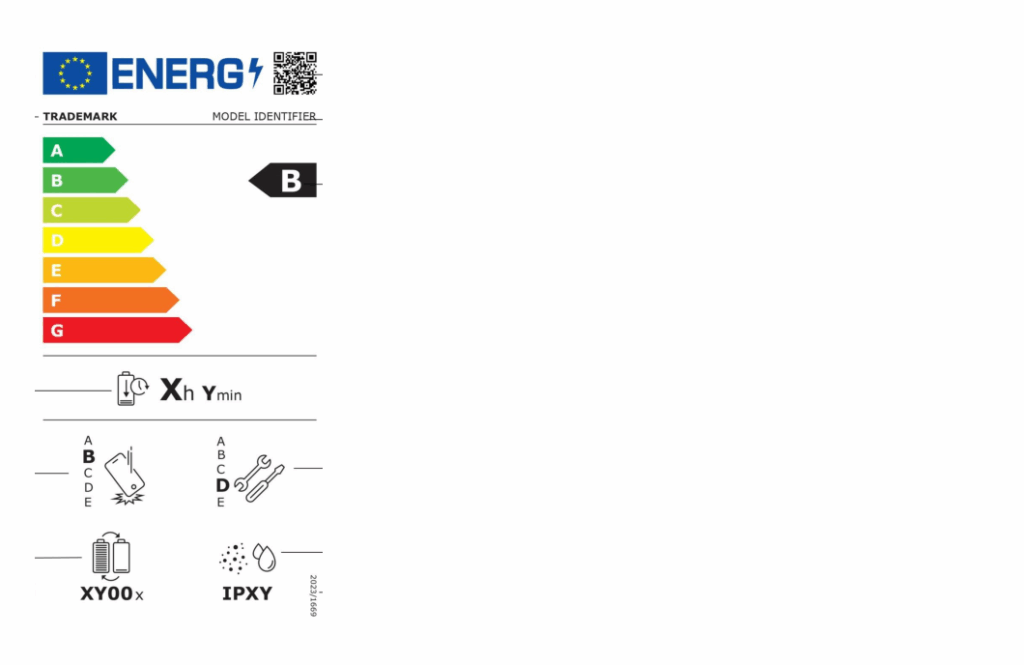Starting June 20, new EU regulations will apply that extend the familiar energy label to smartphones and tablets. For you, this means greater transparency when purchasing, with more clarity about energy consumption, battery performance, repairability, and lifespan. What you've previously only seen on household appliances like refrigerators or televisions is now also mandatory for mobile devices. The EU's primary goal is to promote environmentally conscious purchasing decisions and reduce electronic waste.
The EU label was introduced to make products comparable in terms of their energy and resource consumption. Its goal is to provide you, the consumer, with clear guidance. The familiar A to G scale rates how efficiently a device operates – A being the best, G the worst. With the new regulations, this rating will now also be displayed for smartphones and tablets. The label also provides information about other technical details that are crucial for the longevity and sustainability of the devices.
Energy efficiency class directly visible
The heart of the label remains the energy efficiency class. You can see at a glance how much energy the appliance consumes. This makes a difference, especially for appliances that are used daily. An efficient appliance consumes significantly less electricity over the years, which is not only good for the environment but also lowers your electricity bill.
QR code to the database for detailed information
At the top right of the label, you'll find a QR code. Scanning it will take you directly to the EPREL (European Product Registry for Energy Labeling) database . There, you can view all the technical data and manufacturer's information for the respective device. This is helpful if you want to find out more before deciding on a product.

Information on battery life and charging cycles
The new label also shows you how many hours of battery life the device achieves on average per charge cycle. You'll also find out how many charge cycles it takes until the battery capacity drops to 80 percent of its original capacity. This number gives you a good idea of how durable and reliable the battery is in everyday use.
Reliability class for drop resistance and protection
Another factor is reliability. This concerns how resilient the device is in everyday use. For example, it evaluates what happens if the smartphone is dropped or how well it is protected against dust and moisture. The so-called ingress protection rating (also known as the IP rating) indicates whether the device is protected against splashes of water or dust ingress – important if you frequently use your device outdoors or on the go.
Repairability Index: New scale for sustainable device selection
The Repairability Index is brand new and mandatory for smartphones and tablets. It shows you how easy the device is to repair on a scale of 1 to 5. Several criteria are taken into account:
- How many steps are necessary to replace components?
- What type of fastening is used – screws, clips, adhesive?
- Is special tool necessary?
- Are spare parts available and how easy are they to access?
The easier and faster a device can be repaired, the better the rating. This can help you choose a model that you can repair yourself or have repaired inexpensively if necessary.
New EU label: More overview, better decisions
The EU label for smartphones and tablets makes it easier for you to make sustainable and well-considered purchasing decisions. You get information on energy consumption, battery life, robustness, and repairability – directly on the product, clearly structured, and understandable at a glance. This ensures greater transparency and gives you the opportunity to compare devices not only based on performance but also on environmental aspects. So, if you're planning to buy a new smartphone or tablet soon, it's worth taking a closer look at the new EU label. From June 20, you'll find it on all corresponding devices in the EU. (Image: Shutterstock / New Africa)
- Extend iPhone battery life: These 7 tips help immediately
- Set up Apple Pay on your iPhone – quickly and securely
- Why an iPhone? These advantages are convincing in the long term
- Secure your iPhone properly: 5 important functions at a glance
- Save iPhone battery: When is power saving mode worth it?





